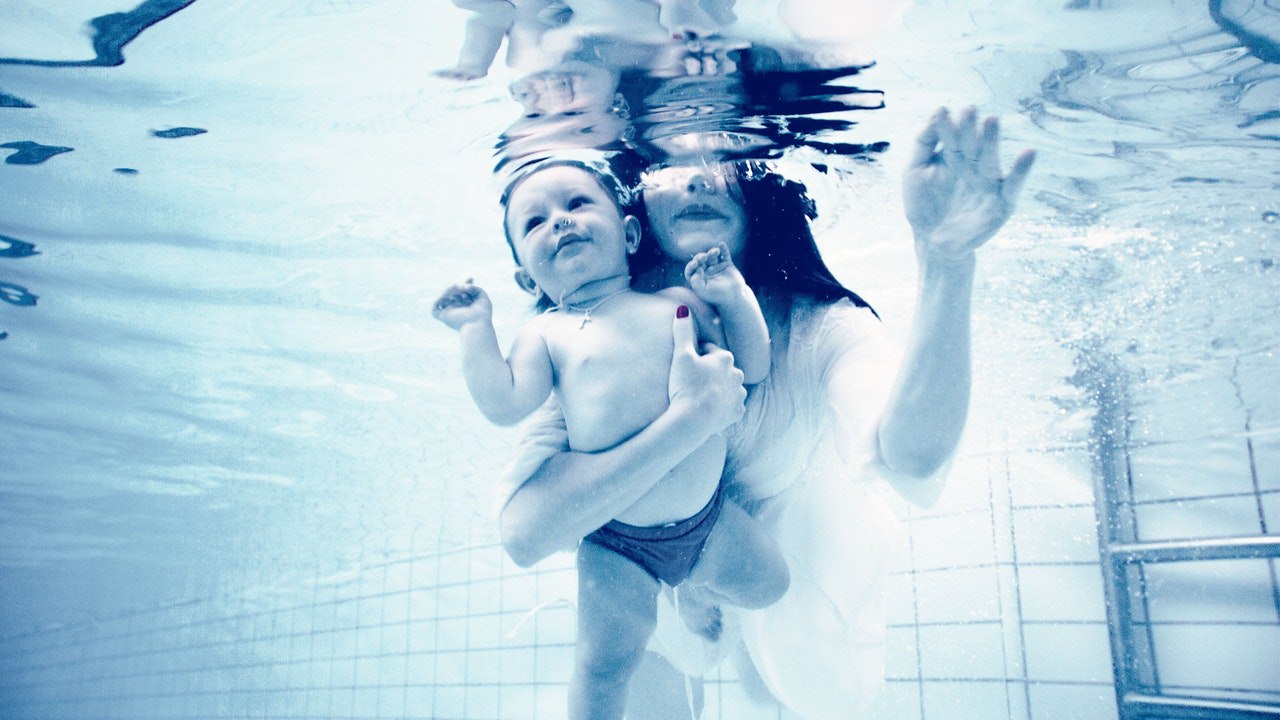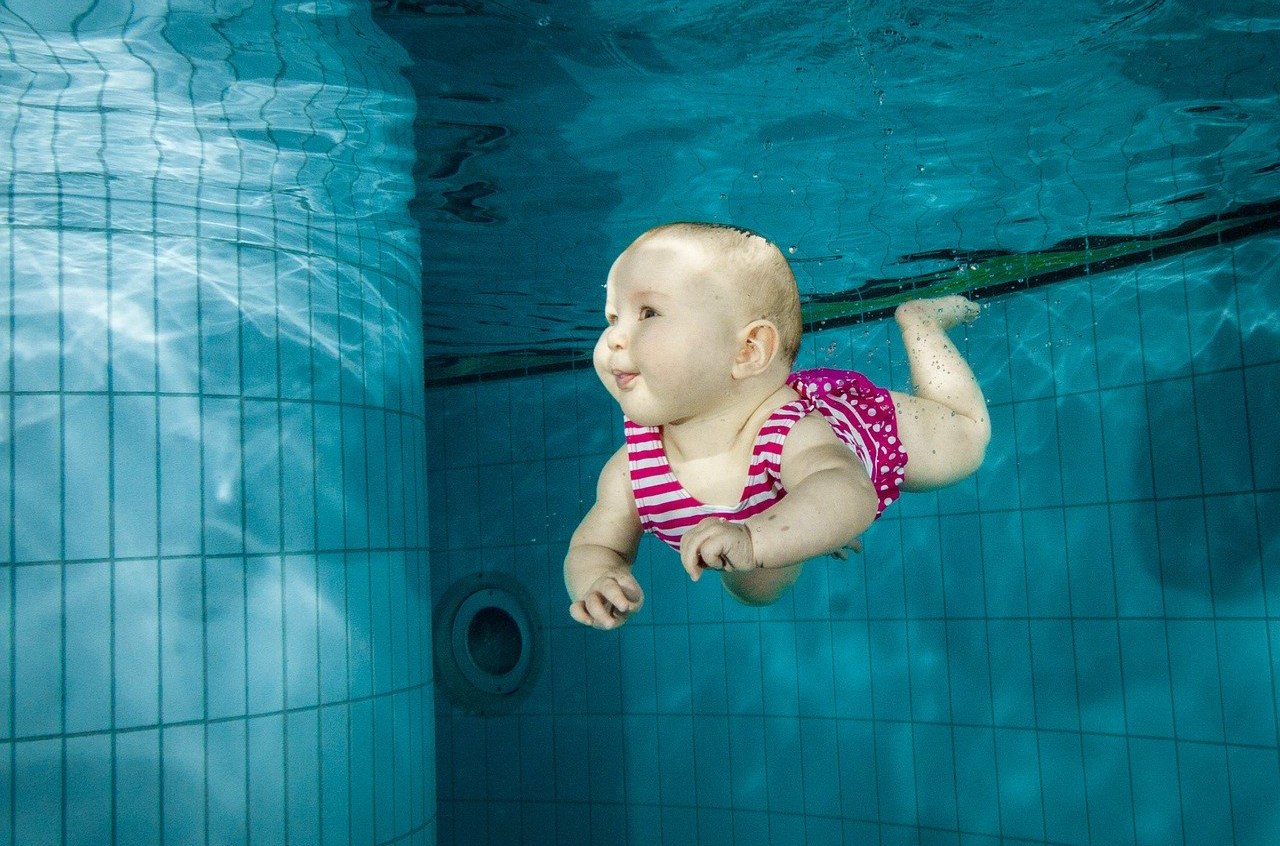Accidents in the water happen, and kids can drown in seconds despite adult supervision. A lot of us parents want to arm our children with swimming skills to save themselves.
All it takes is a month of lessons for a child to survive in the water. When they are not old enough to swim, how do they know what to do if something were to happen?
That’s why demands for swimming sports services and programs for children keep growing.
An infant swim lesson is also called the self-rescue method. It aims to teach little ones the basic survival skills, including the ability to float in the water, proceed to the side of the pool and reach developmental milestones earlier.
The swim instructors are teaching kids how to self-rescue and protect themselves should they fall into a pool.
While the American Academy of Pediatrics (AAP) doesn’t recommend swimming lessons for infants, they are not against survival programs and swimming classes.
Perhaps the reason is that they may help reduce the risk of drowning and fear of water for younger children.
So are Swimming Lessons for Infants Worth Your Money?

If you want your child to be safer in the water and improve their health, then getting swimming lessons for them is worth it. The sooner you introduce swimming, the sooner it becomes a comfortable environment for your child.
Swimming lessons create lessons that last for life. This kind of sport’ programs and institutions offer classes to babies as young as three months.
A lot of water baby formal classes are going to start somewhere between six weeks and two months.
It’s common for parents to bring their six weeks or two-month-old babies to a regular class. There are classes that babies can attend anytime from those two months up until they are adults.
There are also parent thaught lessons that provide a particular time for parents and babies. They bond along with educating parents on how to introduce their child to the water safely.
Check out this website for more info on where to sign up for your infant for swimming lessons. Not only the swim lessons teach vital life skills, but they are healthy for baby too.
Infants have increased mobility in the water, which helps strengthen their heart and lungs, and aids in the development of the brain.
Moreover, swimming babies can have improved balance and coordination. They also can develop bilateral skills in the water very quickly. Swimming also expands cerebral communications, strengthen self-confidence, and improves their social interaction skills.
Swimming lessons provide various teaching tools and toys to assist in the development of babies’ coordination and motor skills. The warm water in the pool is relaxing for baby and swimming stimulates their appetite, helping to encourage better sleeping and eating patterns.
Attending swim classes at an early age will help your baby form a healthy relationship with the water.
Plus, it will also help set a good foundation for your child’s swimming skills.
Related Article: What Exercises to Avoid During Pregnancy?
How to Teach Your Infant To Swim

From signing up your tot for swim lessons to getting them used to the water, here are the essential tips for teaching your youngster to swim the right way.
Warm-Up
You can start the class warm-up kicking on the ledge. It gives children security and familiarity.
Another great warm-up is giving your baby a couple of quick conditioning by pouring a cup of water on their heads.
Give Clear Instructions
Make sure you give good visual demonstrations. Hold your baby in the pool, facing backward to prepare for upright kicks. This position gives your baby a good vision of the pool and the freedom to move their feet.
Make sure that you try to get pressure on the child’s foot and assist him/her in doing little kicks. Come back while your baby still doing the punches and moving forward. Sit them over the ledge and let them pull up by themselves.
To extend the child’s breath control, get a large cups of water, and pour it on his/her head for five seconds. Do two more of the kicking techniques, and this time, pour two large cups of water in the count of 12.
Don’t forget to make sure to drain the water nicely and smoothly.
James is the Founder & CEO of GurusWay.com. Majoring in Business and other life-changing sectors, James covers helpful content and shares his experience with the targeted audience.